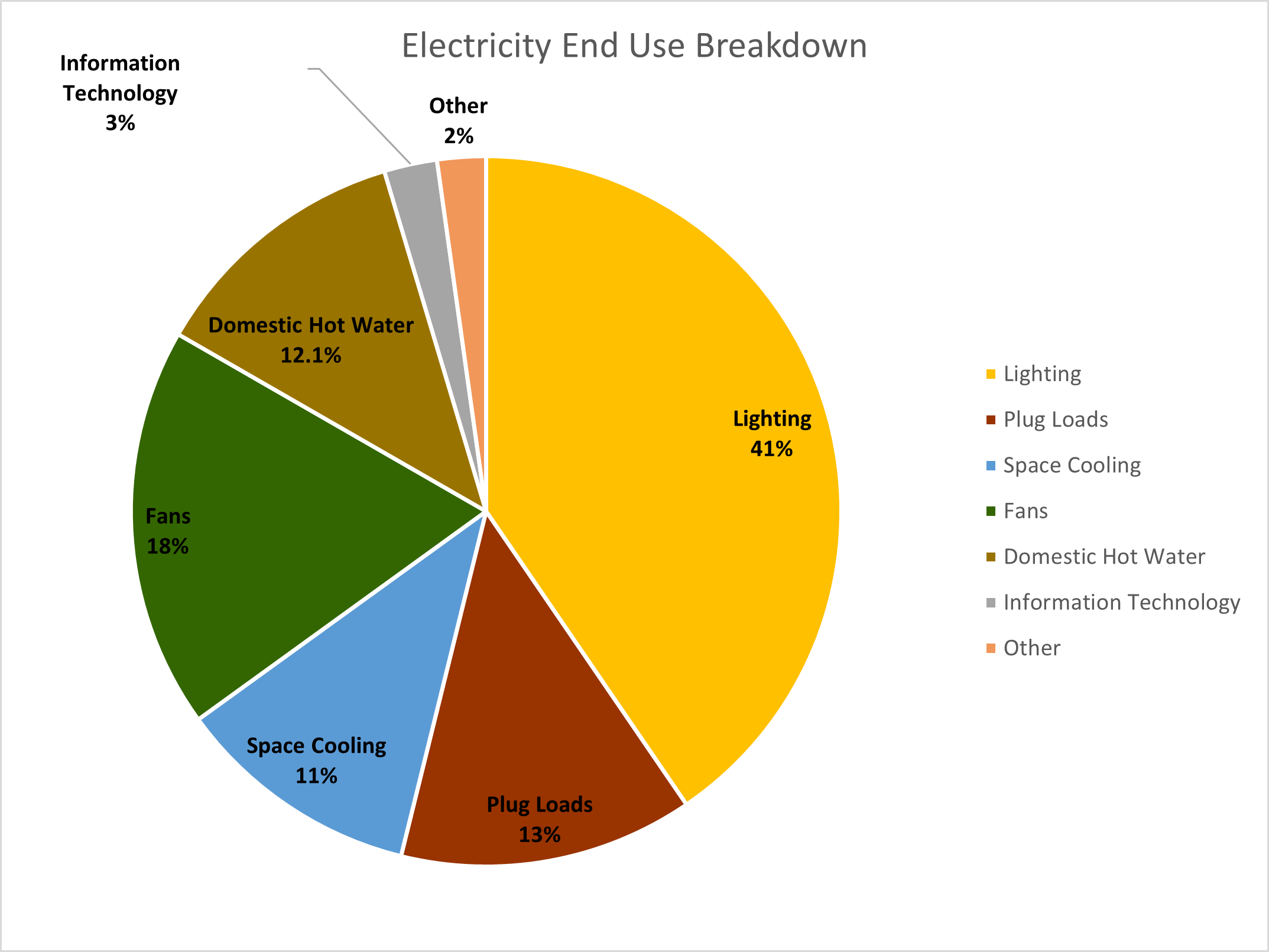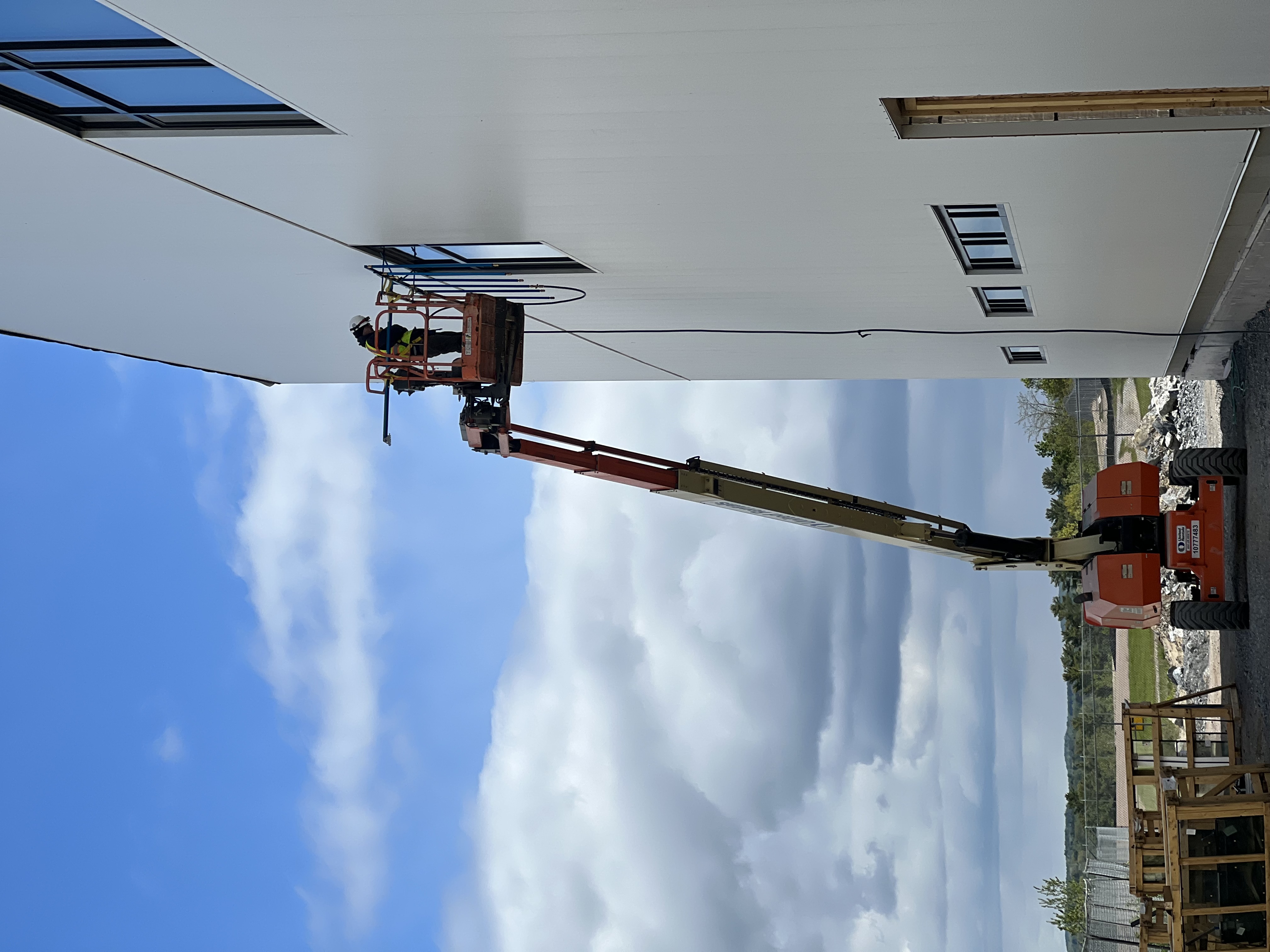Picture New England in the 1800s: teams of workers carefully cutting massive 500-pound blocks of ice from frozen lakes, hauling them across difficult terrain using horse-drawn sleds and primitive tools. This was the reality of the ice trade that once thrived in Vermont and throughout New England. In those days, refrigeration was a luxury few could afford.

St. Johnsbury History & Heritage Center
The Dawn of Mechanical Cooling
The invention of mechanical cooling marked a revolutionary shift in how we cool our spaces. This ingenious system works through a continuous cycle of compressing, condensing, expanding, and evaporating a special fluid—known as a refrigerant—through a network of pipes and machinery. However, the early days of mechanical refrigeration came with significant risks. The first refrigerants available were either highly flammable, toxic, or both, with substances like propane, ammonia, and methyl chloride being common choices.
The CFC Era: A Mixed Legacy
In the 1930's, a breakthrough arrived in the form of chlorofluorocarbons (CFCs). These new refrigerants seemed perfect: they weren't toxic or flammable, making them dramatically safer than their predecessors. But this miracle solution came with a hidden cost that wouldn't be understood for decades. When leaked into the atmosphere, CFCs damaged the ozone layer, compromising Earth's natural shield against harmful ultraviolet radiation. This discovery led to the landmark Montreal Protocol in 1987, which effectively ended the widespread use of CFCs.
Today's Challenges: HFCs and Climate Change
Currently, most cooling systems use hydrofluorocarbons (HFCs). While these chemicals don't harm the ozone layer, they present a different environmental challenge: they're potent greenhouse gases, far more powerful than carbon dioxide. This has created a complex dilemma for the industry, as we balance safety with environmental impact. The relationship between a refrigerant's stability and its environmental impact creates a challenging trade-off: compounds stable enough to be non-flammable tend to persist longer in the atmosphere, while those that break down quickly are typically more flammable.

Industry Groups Advocate for Legislation to reduce Hydrofluorocarbon Refrigerants
The A2L Solution: Finding Middle Ground
A promising development has emerged with the introduction of the A2L refrigerant classification—chemicals that are mildly flammable but with low burning velocity.
 https://www.nrel.gov/docs/fy23osti/85155.pdf
https://www.nrel.gov/docs/fy23osti/85155.pdf
As jurisdictions adopt the latest International Mechanical Code, these refrigerants are becoming increasingly accepted, though with additional safety requirements. Depending on the application and system type they include:
- Refrigerant piping between floors must be in ventilated chases
- Additional isolation valves are required in certain situations
- Piping must carry clear warning labels
The benefits are significant: A2L refrigerants used in high-pressure systems have a global warming potential (GWP) more than three times lower than current options, while those for medium-pressure systems approach zero GWP. The ability for medium pressure systems to use near zero GWP refrigerants does not mean such a system should be chosen over a high pressure system. The higher GWP refrigerants required for high pressure systems are worthwhile because it is the only technology that can efficiently electrify heating with heat pumps.
The Bigger Picture: Beyond Refrigerants
While the transition to lower-GWP refrigerants represents important progress, improving energy efficiency and electrifying heating equipment as much as possible is still the most impactful decarbonization strategy. Fossil fuel burning equipment creates carbon emissions under normal operations. Refrigerant leaks happen only rarely when something goes wrong, and they only become a prominent source of emissions in buildings that are already highly efficient/electrified and connected to low-carbon power grids (<90 gCO2/kWh). In most cases, the carbon emissions from regular heating and cooling operations far outweighs the impact of occasional refrigerant leaks.
Moving Forward
The evolution of refrigeration technology shows us how innovation can solve immediate problems while creating new challenges we must address. As we continue to refine our cooling technologies, the focus remains on finding solutions that balance safety, efficiency, and environmental responsibility. As we move toward a more sustainable future, these solutions will help us achieve our climate goals while maintaining the cooling capabilities we've come to rely on.
Cx Associates can help you decarbonize your building, monitor your energy consumption, and our commissioning services can ensure that your refrigeration equipment is installed properly to run efficiently and avoid the risk of fires or refrigerant leaks.


